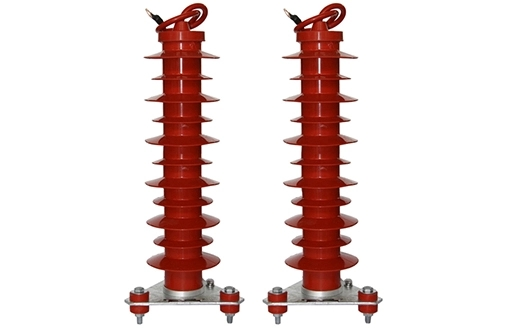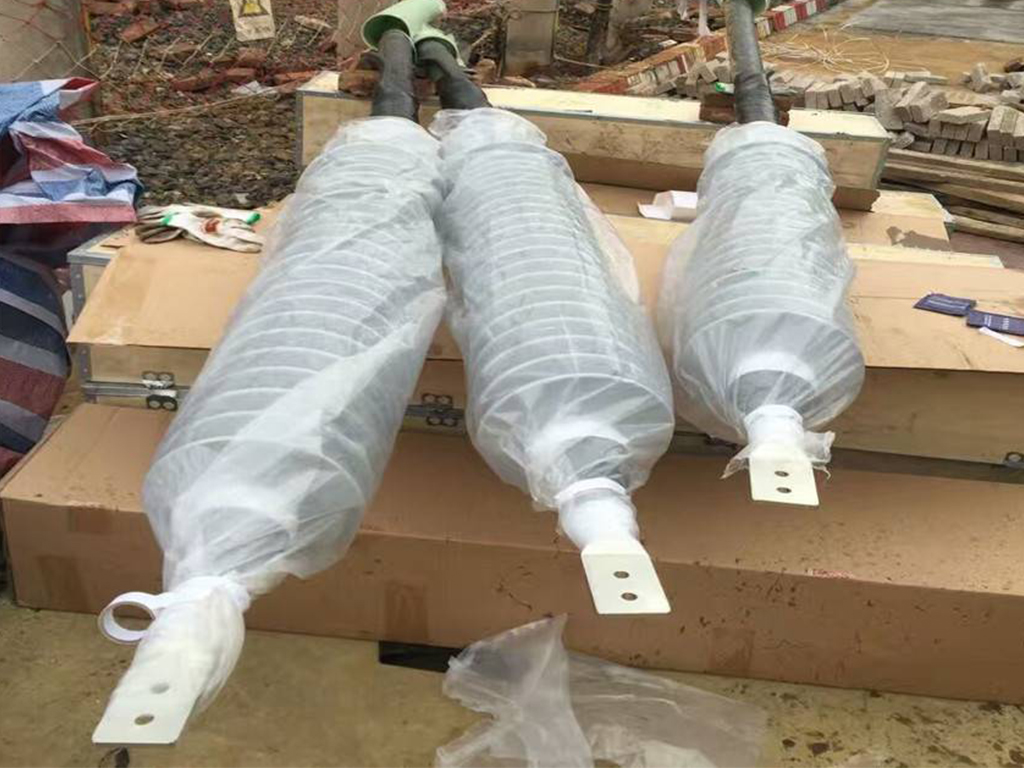en
+
The automatic reclosing device is an important device for restoring power supply in the power system. It is mainly used to automatically cut off the faulty line and try to reclose after a short circuit or other fault occurs. According to the working principle and function, the automatic reclosing device can be divided into four states: single-phase reclosing, three-phase reclosing, comprehensive reclosing and disabled reclosing. The following is a detailed analysis of these four states.
A. Single-phase reclosing
The single-phase reclosing device is mainly used to deal with single-phase faults (such as single-phase short circuits). Its working principle is as follows:
1. Fault detection: In the power system, the single-phase reclosing device monitors the current and voltage of the line in real time. Once a single-phase fault is detected, the device immediately triggers a trip.
2. Tripping operation: After confirming the fault, the device quickly cuts off the faulty line to prevent the fault from spreading. At this time, the current will be quickly reduced to protect other normally operating lines and equipment.
3. Time delay: After tripping, the reclosing device sets a time delay, usually between a few seconds and tens of seconds, until the fault may be eliminated by itself.
4. Reclosing operation: After the time delay, the reclosing device will try to reclose. If the fault is temporary (for example, a short circuit caused by external factors), the line will resume normal power supply.
5. Re-detection: After reclosing, the device will continue to monitor the line status. If the fault is detected again, the device will trip again and enter the locked state to prevent frequent closing operations from causing damage to the equipment.
B. Three-phase reclosing
The three-phase reclosing device is suitable for handling three-phase faults (such as three-phase short circuits). Its working principle is similar to that of the single-phase reclosing device, but it is optimized for the characteristics of the three-phase power system:
1. Fault detection: The three-phase reclosing device quickly identifies faults by monitoring the changes in the three-phase current and voltage. Due to the balanced characteristics of the three-phase system, the three-phase reclosing device can detect imbalances in time.
2. Tripping operation: After confirming that a three-phase fault has occurred, the reclosing device will simultaneously cut off the three-phase line to protect the overall safety of the power system.
3. Time delay: Similar to the single-phase reclosing device, the three-phase reclosing device sets a certain time delay after tripping so that the fault may be eliminated by itself.
4. Reclosing operation: After the time delay, the three-phase reclosing device will try to reclose all three-phase lines at the same time. If the reclosing is successful, the power system will resume normal power supply.
5. Fault state processing: If a fault is still detected after reclosing, the device will enter a locked state and stop the reclosing operation to protect the equipment.
C. Comprehensive reclosing device
The comprehensive reclosing device combines the functions of single-phase and three-phase reclosing devices, and is suitable for a variety of fault conditions that may occur in complex power systems. Its working principle is as follows:
1. Multi-mode monitoring: The comprehensive reclosing device can monitor three-phase current, single-phase current and voltage in real time, and provide flexible response plans for different fault types.
2. Intelligent fault identification: Using advanced algorithms, the integrated reclosing device can determine the nature of the fault (single-phase or three-phase) and select appropriate tripping and reclosing strategies according to different situations.
3. Tripping operation: After confirming the fault, the device can choose to cut off the single-phase or three-phase line to ensure that the power supply of other normal lines is not affected.
4. Flexible reclosing: The integrated reclosing device sets a flexible time delay and adjusts the reclosing time for different fault types to improve the reclosing success rate.
5. Multiple monitoring: After reclosing, the device continues to monitor the line status and decides whether to trip or reclose again based on feedback.
D. Disabling reclosing
Disabling reclosing means turning off the reclosing function under certain circumstances to protect the safety of equipment and systems. Its working principle is as follows:
1. Manual switching state: When the reclosing operation needs to be stopped, the operator can manually switch the device to the disabled state, which is usually during system maintenance or fault handling.
2. Keep tripping state: In the disabled reclosing state, the device will not try to reclose when a fault occurs, but will keep tripping state to avoid equipment damage caused by frequent closing.
3. Fault handling: In the disabled reclosing state, the operator needs to manually monitor and handle the fault to ensure the safety of the line. The maintenance personnel can restore the device to normal working state after troubleshooting.
4. Safety guarantee: The disabled reclosing state is usually used in specific situations, such as equipment maintenance, fault handling, or when the system needs to be ensured to avoid potential risks.




